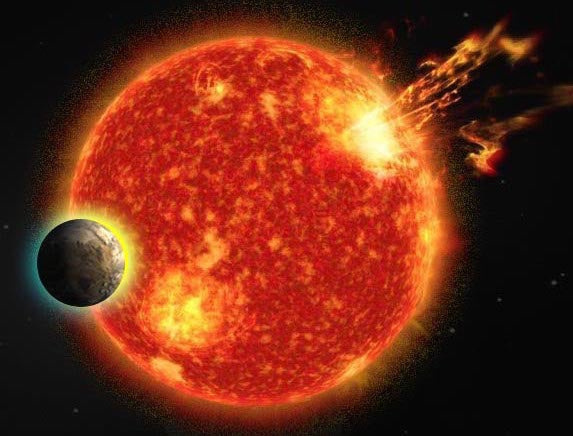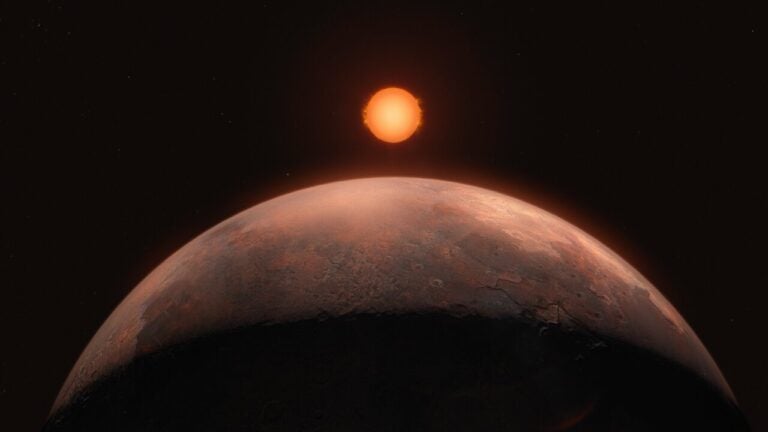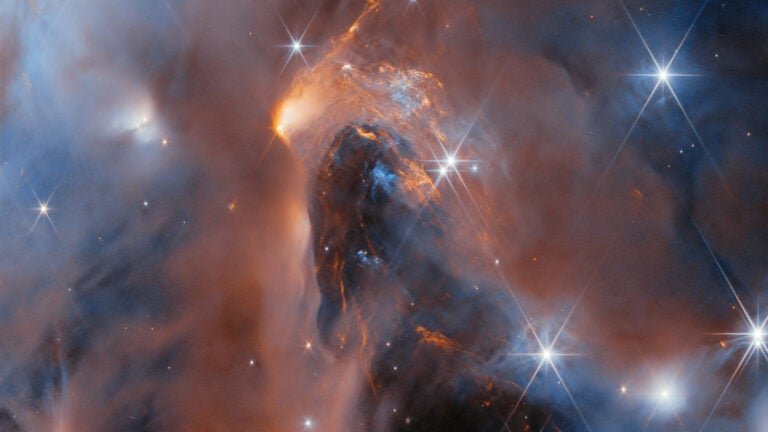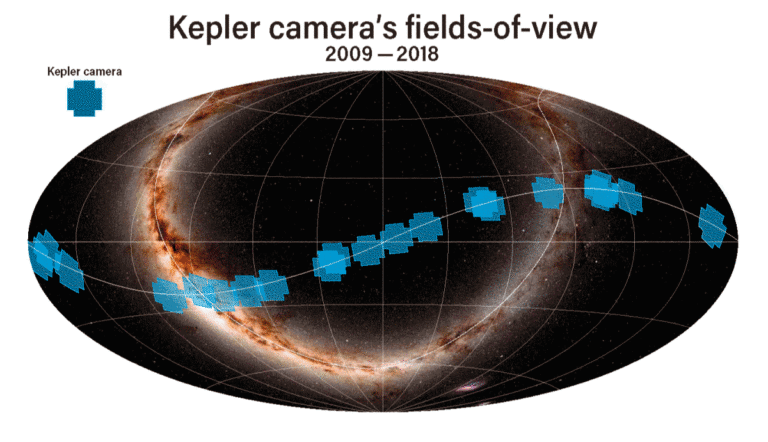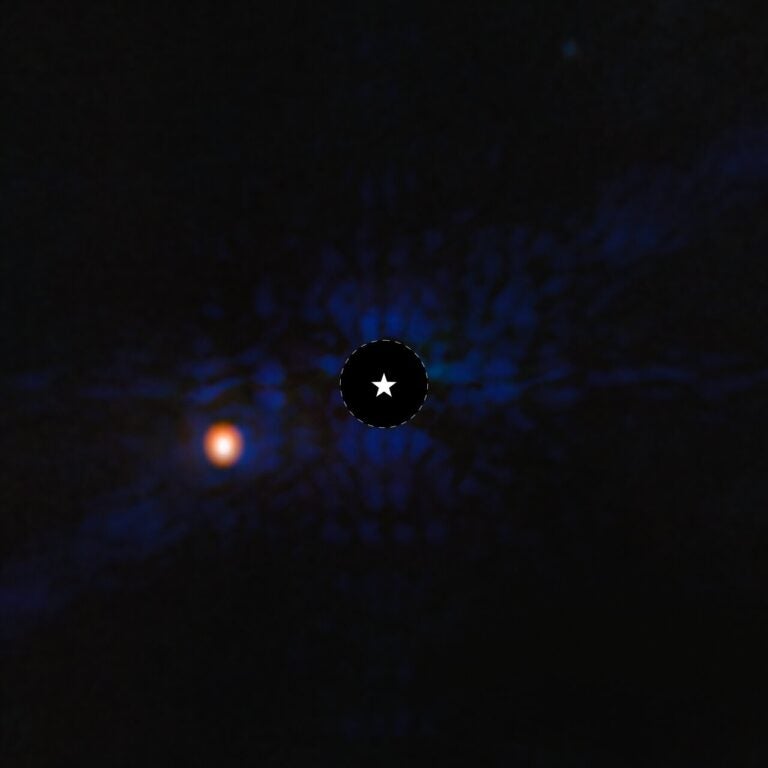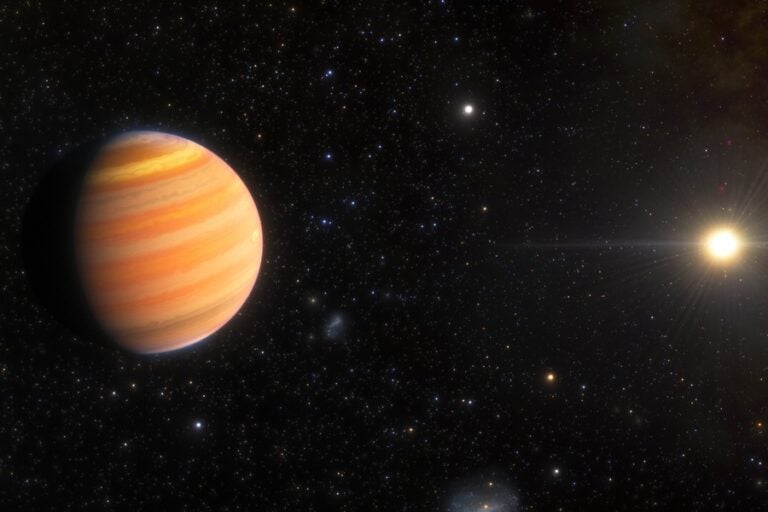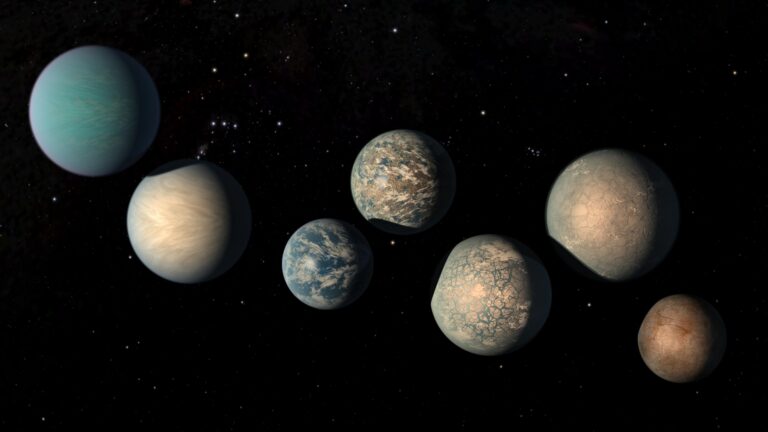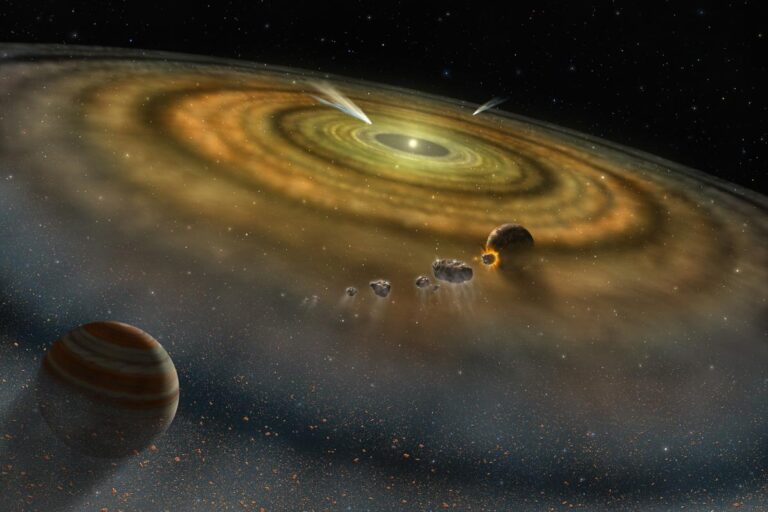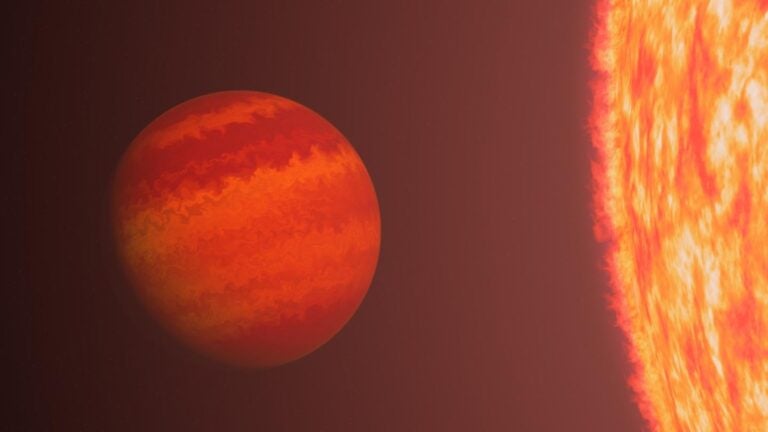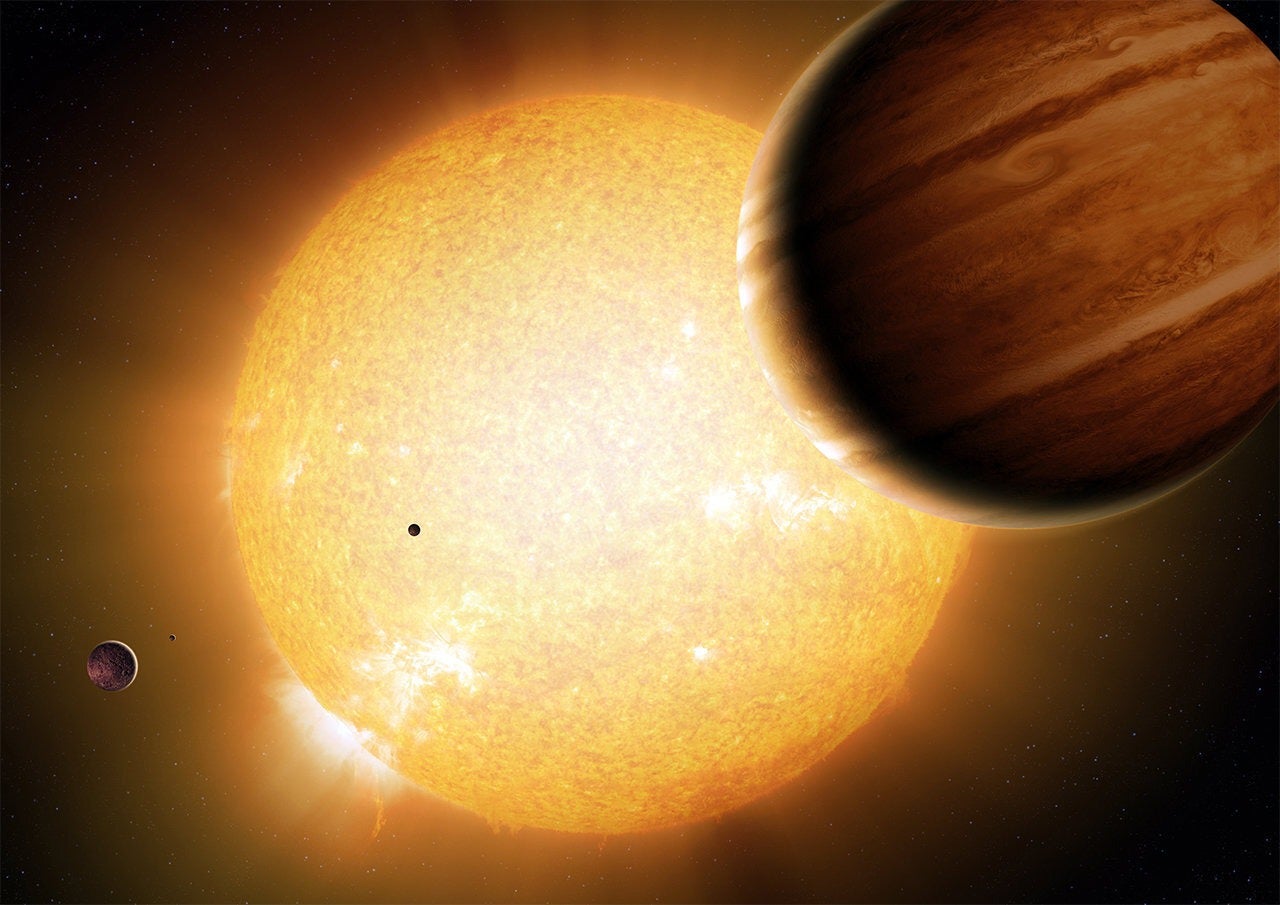Before Nora Eisner’s family moved to Cambridge, U.K., when she was 8, she grew up in Switzerland, where she first glimpsed the Moon through a small telescope. “I just remember that so clearly,” says Eisner. She soon decided she wanted to become an astronaut. “I quickly dropped that idea when I realized you actually have to go into space, which sounds quite scary.”
Eisner, 28, instead explores the galaxy safely from her desk using data from NASA’s Transiting Exoplanet Survey Satellite (TESS). She is a Flatiron Research Fellow at the Center for Computational Astrophysics in New York City, where she manages Planet Hunters TESS, a citizen science project she established in 2018 as her Ph.D. project at the University of Oxford.
Planet Hunters consists of nearly 35,000 volunteers around the world who scan TESS data for signs of exoplanets beyond our solar system. Since the satellite’s launch in 2018, TESS has surveyed fixed portions of the sky in 27-day increments, measuring the brightness of nearby stars in a given zone every two minutes.
Scientists have programmed computers to flag possible “transit events,” or dips in a star’s brightness that could signify an exoplanet crossing between the star and the satellite. But the algorithms miss some transits and other anomalies in the data. Planet Hunters’ citizen scientists double-check the data to search for overlooked events
Participants have identified 155 exoplanet candidates so far and a host of other stellar phenomena using TESS data. And Eisner delights in inviting volunteers who helped identify a candidate to become co-authors on published papers.
Her former Ph.D. advisor, astronomer Chris Lintott of the University of Oxford, says Eisner also excels at the tricky task of managing thousands of Planet Hunters volunteers. “She’s an excellent communicator,” says Lintott, citing the accessible, community-driven video series Eisner created called Planet Hunters Coffee Chats, which expanded volunteer involvement.
Even with intelligent machines and discerning eyes, Eisner says the observations are biased toward finding large planets with short orbital periods. “If we want to address questions like how common are Earth-like planets, we need to find those tiny planets on 365-day orbits,” Eisner says. “That’s a really difficult thing to do.”
But Eisner believes Planet Hunters TESS, with improved algorithms, will be up to the task. She is currently searching for planets with long orbital periods that circle older stars, which may give insight into the future of our own solar system.
“I have no idea what Nora’s going to do next,” says Lintott. “It’s going to be fascinating to watch her get to grips with the data that’s coming our way.”
Make sure to explore our full list of 25 rising stars in astronomy. Check back each week for a new profile!


